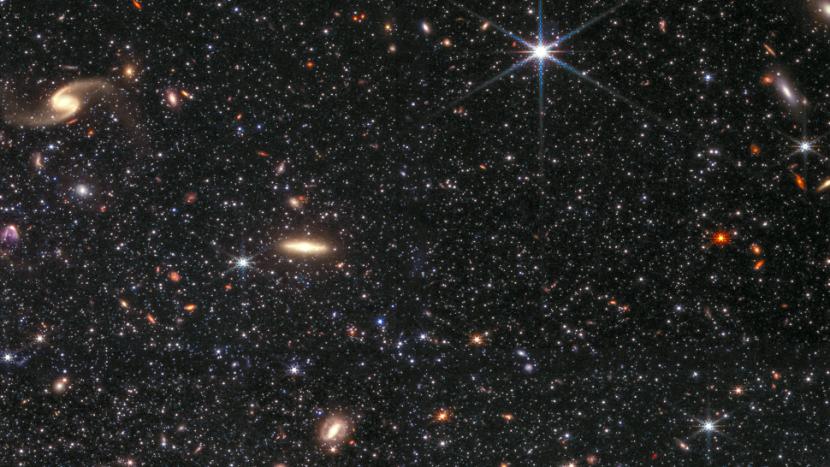JWST reveals a dwarf galaxy three million light distances from Earth.
REPUBLIC.CO.ID, NEW JERSEY — The James Webb Space Telescope (JWST) takes pictures of the galaxy Milky Way with stunning detail. This telescope managed to capture dwarf galaxy lonely in the neighborhood of the Milky Way galaxy.
JWST has revealed a dwarf galaxy called Wolf Lundmark Melotte (WLM). This galaxy exists about three million rays from the Earth.
Reported by Space, Sunday (11/13/2022), this dwarf galaxy is located in the constellation Cetus. Its isolated nature and lack of interactions with other galaxies, including the Milky Way, make WLM useful for studying how stars evolve into smaller galaxies.
“We think WLM has yet to interact with other systems, which makes it very useful for testing our theories of galaxy formation and evolution,” said Kristen McQuinn, an astronomer at Rutgers University in New Jersey.
“Many other nearby galaxies are intertwined and intertwined with the Milky Way, making them more difficult to study.”
McQuinn points to a second reason why WLM is such an attractive target. The gas is very similar to the galaxies of the early universe, devoid of elements heavier than hydrogen and helium. While the gas in those early galaxies never contained heavier elements, the gas in WLM lost these elements due to a phenomenon called the galactic wind.
These winds come from supernovae or exploding stars. Because the WLM has such a low mass, these winds can push material out of the dwarf galaxy.
In the picture JWST extension of WLM, McQuinn describes seeing individual stellar arrangements at different points in their evolution with varying colors, sizes, temperatures, and ages. The image also shows clouds of molecular gas and dust, called nebulae, which contain the raw materials for star formation within the WLM.
In the background galaxy, JWST saw interesting features such as tidal tails, which are structures made of stars, dust and gas created by gravitational interactions between galaxies.
JWST’s main goal in the WLM study is to reconstruct the stellar birth history of dwarf galaxies. “Low-mass stars can live for billions of years, which means that some of the stars we see today at the WLM formed early in the universe,” McQuinn said.


